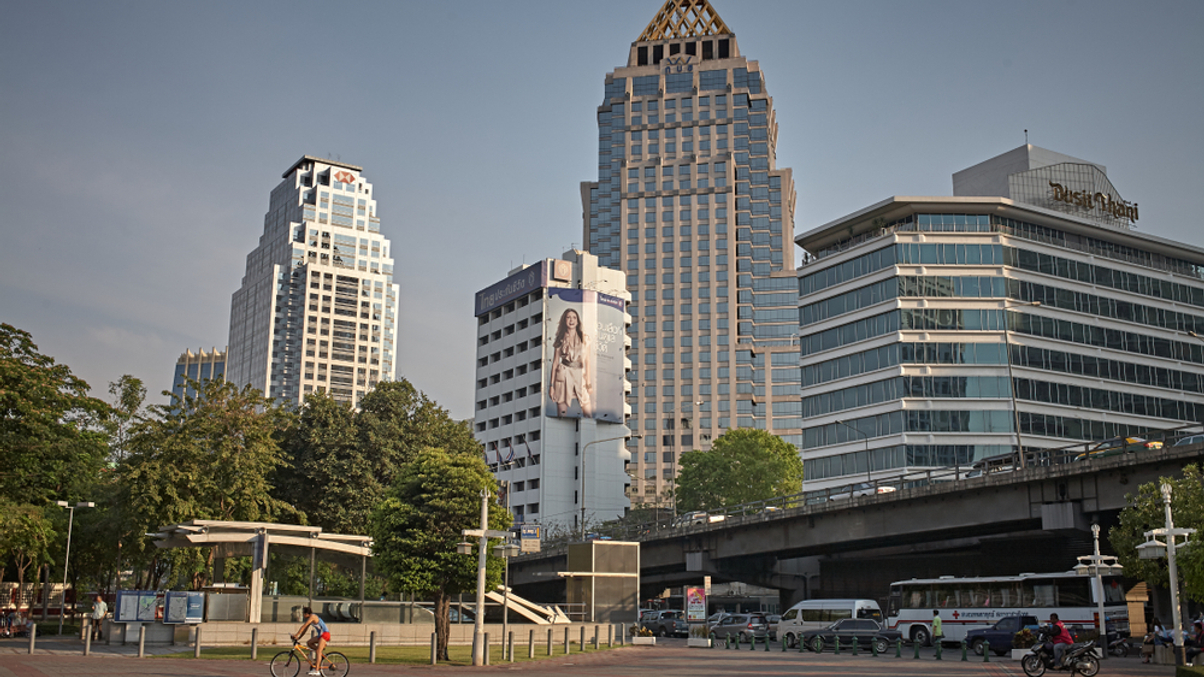Thailand’s GPF keen to expand PE allocation, tie-ups
The $13 billion pension fund has about 22% of its investment portfolio in alternative assets, including private equity, infrastructure, commodities and gold.

Thailand’s Government Pension Fund (GPF) plans to expand its private equity programme and is also considering partnerships with other institutional investors in projects that do environmental or social good, a senior executive told AsianInvestor.
Sign in to read on!
Registered users get 2 free articles in 30 days.
Subscribers have full unlimited access to AsianInvestor
Not signed up? New users get 2 free articles per month, plus a 7-day unlimited free trial.
¬ Haymarket Media Limited. All rights reserved.


